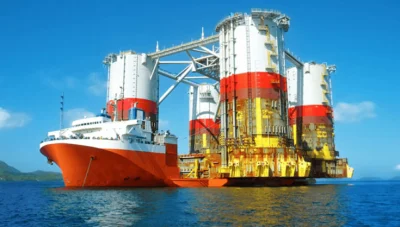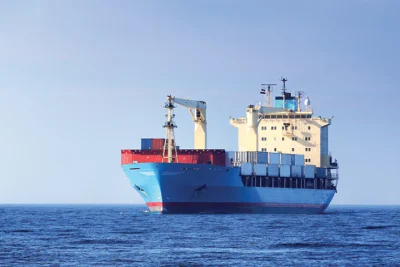Overview
Modern seagoing commercial vessels come in all shapes and sizes and are designed to carry a wide variety of cargoes. This article provides a brief overview of the main types of vessels that sail the world’s seas and gives some history on how each has evolved.
For the purposes of this article, cargoes are divided into dry, liquid and specialised, with each of these divided further into subcategories. Dry cargoes include bulk, general and breakbulk, containers, reefer and Ro-Ros. Liquid cargoes are usually oil-based but may also include chemicals and liquefied gasses. Specialised cargoes include passengers, livestock and heavy-lift/project.
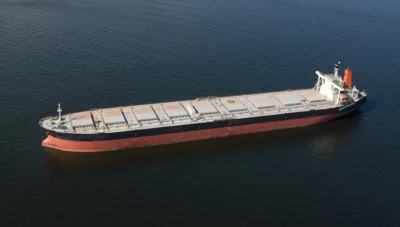
Dry cargo ships
Historically, dry cargo vessels were the the most common vessels in the world’s merchant fleet. Known as general cargo vessels, they would be equipped with their own cargo loading equipment, usually in the form of a derrick lifting device. Cargo would be stowed in different holds and the speed and effectiveness of the loading/unloading process would depend on the the ship’s crew and the port workers or “Stevedores”. Such ships sometimes operated a regular service as liners between two or more ports, but could also operate in the “tramp trade” where vessels would go wherever they were required.
Bulk carriers
For dry cargoes with a high weight to cost ratio such as coal, grain and ore, economies of scale produced the modern bulk carrier. These vessels are divided into several separate holds covered by hatches. In port, cargo is loaded by conveyor and spouts, or by crane and grab. Some bulk carriers are geared (usually a crane is located between each hatch) to allow the loading and unloading of cargo at berths without the need for shore equipment.
For unloading, cranes with grabs are the norm, although specialised equipment may be used for certain cargoes. When vessels unload using cranes and grabs, personnel and vehicles are often placed inside the holds to assist the process. Cargo is usually unloaded into hopper barges, then transferred by conveyor to silos or open storage. Smaller vessels can often discharge cargo directly into road vehicles.
General cargo vessels
General cargo, known as breakbulk, is usually on pallets or in bags. There may be specialised handling facilities for such cargo, but usually loading and unloading is carried out using cranes and straps (for boxes) or slings (for bags). These vessels can also carry loose and irregular cargo, in which case the vessel’s crew and port stevedores pack the cargo to minimise damage and maximise space.
Although largely replaced by bulk and container carriers, general cargo vessels still operate throughout the world.
Container vessels
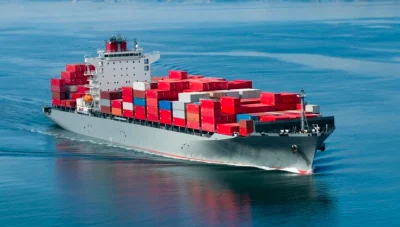
Containers have become the main way of transporting manufactured goods around the world. A container can be transferred between truck, train and ship relatively easily and is a standard size to simplify transportation. Containers can accommodate anything from foodstuffs to electrical equipment to automobiles. They are also used to transport bagged and palletised goods, as well as liquids and refrigerated cargo.
Standard containers are measured as TEUs (Twenty-foot Equivalent Units) and are generally 20 feet (1 TEU) or 40 feet (2 TEUs) long. All standard shipping containers are 8 feet wide and 8 feet 6 inches tall. There are also longer, taller and even shorter standard sizes, but these are less common.
Container ships are made up of several holds, each equipped with “cell guides” which allow the containers to slot into place. Once the first layers of containers have been loaded and the hatches closed, extra layers are loaded on top of the hatches. Each container is then lashed to the vessel but also to each other to provide integrity. Containers are usually loaded by specialised cranes or even general purpose cranes with container lifting attachments. Some small container vessels are geared to allow self-loading and discharging.
Container vessels are used predominantly on liner routes and are some of the biggest vessels afloat. Ultra Large Container Vessels (ULCVs) such as the Emma Maersk (lead ship of the Maersk E-Class vessels) are able to carry approximately 15,000 TEU (depending on container weight). Large container vessels are restricted by their size to certain ports around the world and are also unable to transit certain areas due to draft or, in the case of canals, beam restrictions.
Reefer vessels
Ships designed to carry refrigerated cargo and perishable goods such as fruit or meat are known as “Reefer Vessels”. Cargo is stowed in holds which are then sealed and temperature controlled. Traditional reefer vessels have been largely replaced by the use of reefer containers which are carried aboard container vessels. Reefer containers need a power source to function and often require inspection during the voyage.
Ro-Ro vessels
Roll on-Roll off or Ro-Ro vessels come in many forms. They include vehicle ferries and cargo ships carrying truck trailers. The car carrier is the most commonly-used ro-ro vessels. These slab-sided vessels feature multiple vehicle decks comprising parking lanes, linked by internal ramps with access to shore provided by one or more loading ramp. Cargo capacity of such vessels is measured in Car Equivalent Units (CEU) and the largest car carriers afloat today have a capacity of over 6,000 CEU.
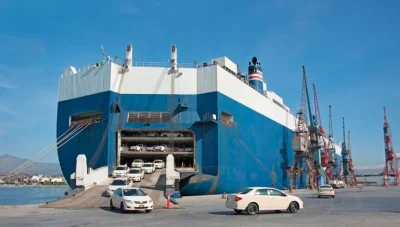
Liquid cargo ships

These vessels, collectively known as tankers, carry a range of liquid cargoes. Tankers were first developed in the mid-nineteenth century when ships made of iron allowed liquids to be carried in bulk, economically and without leakage. Like bulk carriers, economies of scale have driven up the size of tankers and today the largest examples have a carrying capacity or “deadweight” of over 400,000 tons.
Tankers are divided into separate tanks into which the cargo is pumped via a pipeline system. Modern tankers have large and segregated ballast tanks to allow them to sit lower in the water on the return ’empty’ journey to improve stability. Many tankers also feature systems to add an inert gas to the tanks to reduce the risk of fire and explosion.
Crude carriers
The largest ships afloat are the Very Large Crude Carriers (VLCCs) and the Ultra Large Crude Carriers (ULCCs). These ships are designed to load crude oil and transport it to refineries around the world where it can be processed into petroleum products. The largest crude carriers often load and unload at offshore buoys and terminals as they are too large to enter most ports.
Product carriers
These vessels, which are generally smaller than crude carriers, transport the refined products from larger terminals to smaller ports around the world. Products carried include petroleum, jet fuel, diesel, asphalt, lubricating oil and tar. Smaller tankers are also used to transport non-petroleum bulk liquids such as molasses and palm oil.
Chemical carriers
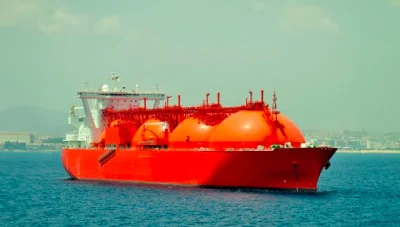
Specialised cargo ships
These vessels are often purpose-built to specialise in the transport of extremely heavy or bulky objects such as other ships and large industrial components. For instance, these vessels are used to transport offshore platforms from their construction site to drilling sites. Some heavy-lift vessels are equipped with high capacity cranes to load at ports without a heavy-lift capability. Other types are semi submergible, allowing cargo to be floated into position before the heavy-lift vessel de-ballasts to lift the cargo out of the water.
Common project cargoes are wind turbine blades and towers, quay cranes and industrial machinery. Project cargo vessels are often adapted to suit their role. ‘Jack up’ vessels for example are able to put down ‘legs’ to lift themselves out of the water. This is commonly used by vessels installing offshore wind farms where stability is required while the turbine towers are put in place.
Tugs
These vessels are often purpose-built to specialise in the transport of extremely heavy or bulky objects such as other ships and large industrial components. For instance, these vessels are used to transport offshore platforms from their construction site to drilling sites. Some heavy-lift vessels are equipped with high capacity cranes to load at ports without a heavy-lift capability. Other types are semi submergible, allowing cargo to be floated into position before the heavy-lift vessel de-ballasts to lift the cargo out of the water.
Common project cargoes are wind turbine blades and towers, quay cranes and industrial machinery. Project cargo vessels are often adapted to suit their role. ‘Jack up’ vessels for example are able to put down ‘legs’ to lift themselves out of the water. This is commonly used by vessels installing offshore wind farms where stability is required while the turbine towers are put in place.
